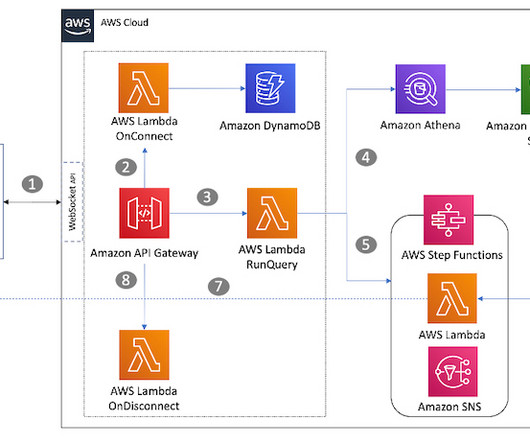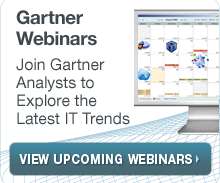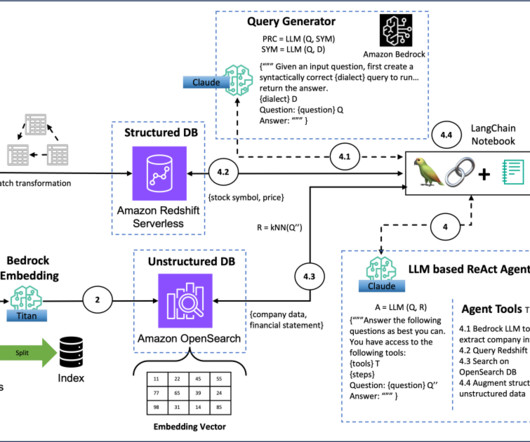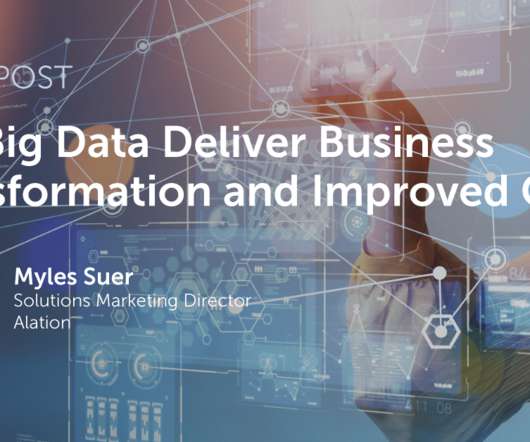Complexity Drives Costs: A Look Inside BYOD and Azure Data Lakes
Jet Global
NOVEMBER 5, 2020
That stands for “bring your own database,” and it refers to a model in which core ERP data are replicated to a separate standalone database used exclusively for reporting. OLAP reporting based on a data warehouse model is a well-proven solution for companies with robust reporting requirements. Option 3: Azure Data Lakes.





































Let's personalize your content